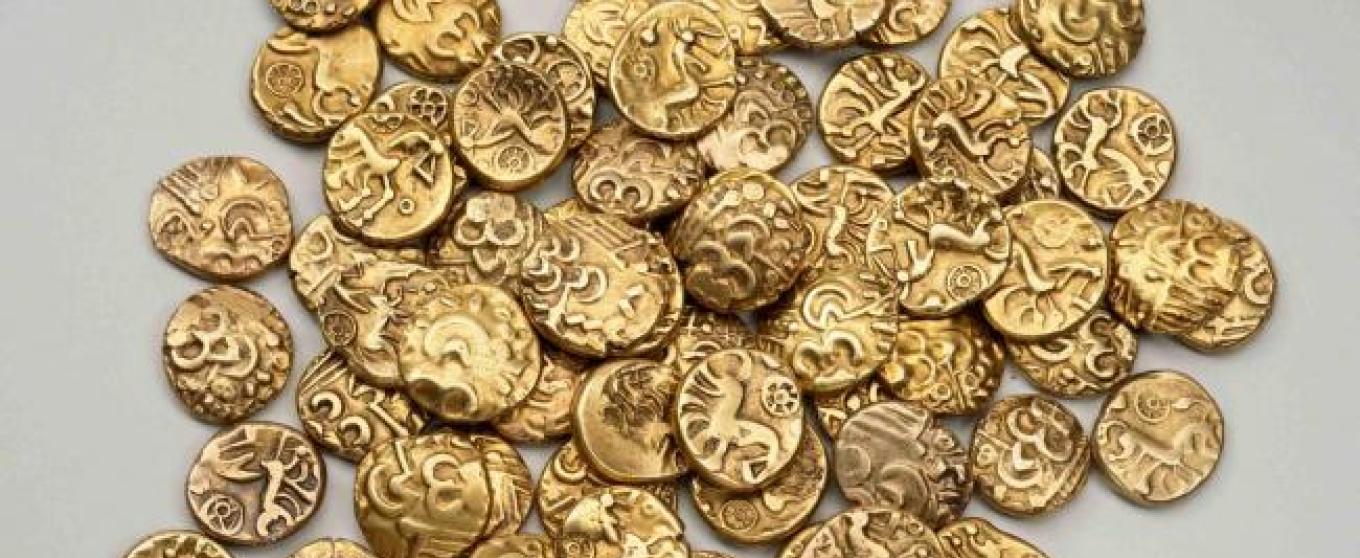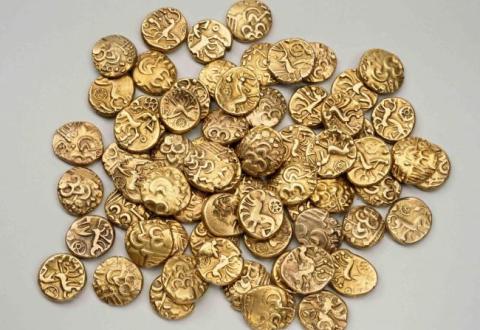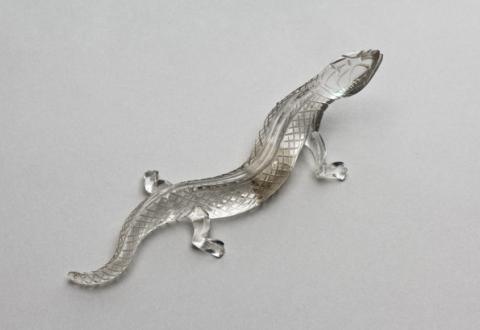
Gallo-Romans
The Gallo-Roman collection contains objects found at sites throughout the territory of present-day Belgium, as well as items from neighbouring regions. The collection is divided into four main sections. A large-scale model of a section of a burial field provides a clear idea of the organization of the simplest graves.
Numismatics
The numismatic collection begins with the Celtic coin hoard from Thuin, consisting of gold pieces buried during the Roman conquest of Gaul. A selection of Roman coin hoards and forgers’ dies beautifully illustrates the evolution and occasional instability of the monetary system introduced to these regions by the Romans.

Funerary monuments and tumuli
On display in the second gallery are sculpted grave monuments from Buzenol and Bavay, as well as rich funerary gifts from tumuli in Haspengauw in Limburg. These barrow graves have yielded remarkable masterpieces, all produced by contemporary craftsmen. Because the objects were buried in the burial chambers, they are exceptionally well preserved. Even the extremely fine glassware and exquisitely decorated metal tableware have withstood the ravages of time.

Thematic galleries
- The first gallery explores various aspects of daily life and the techniques used during the Gallo-Roman period. Themes are illustrated with objects from the collection and explained through richly illustrated panels.
- A reconstruction of a villa façade with a portico leads into a room displaying antique household items and a doorpost, alongside reconstructions of furniture, a wall painting, and a hypocaust heating system.
- In a separate gallery, attention is given to religion and the Roman army. Weapons and military attire are on display, and visitors can see how the Roman pantheon blended with local Gallic deities.
Contact
- Natacha Massar: n.massar@kmkg-mrah.be